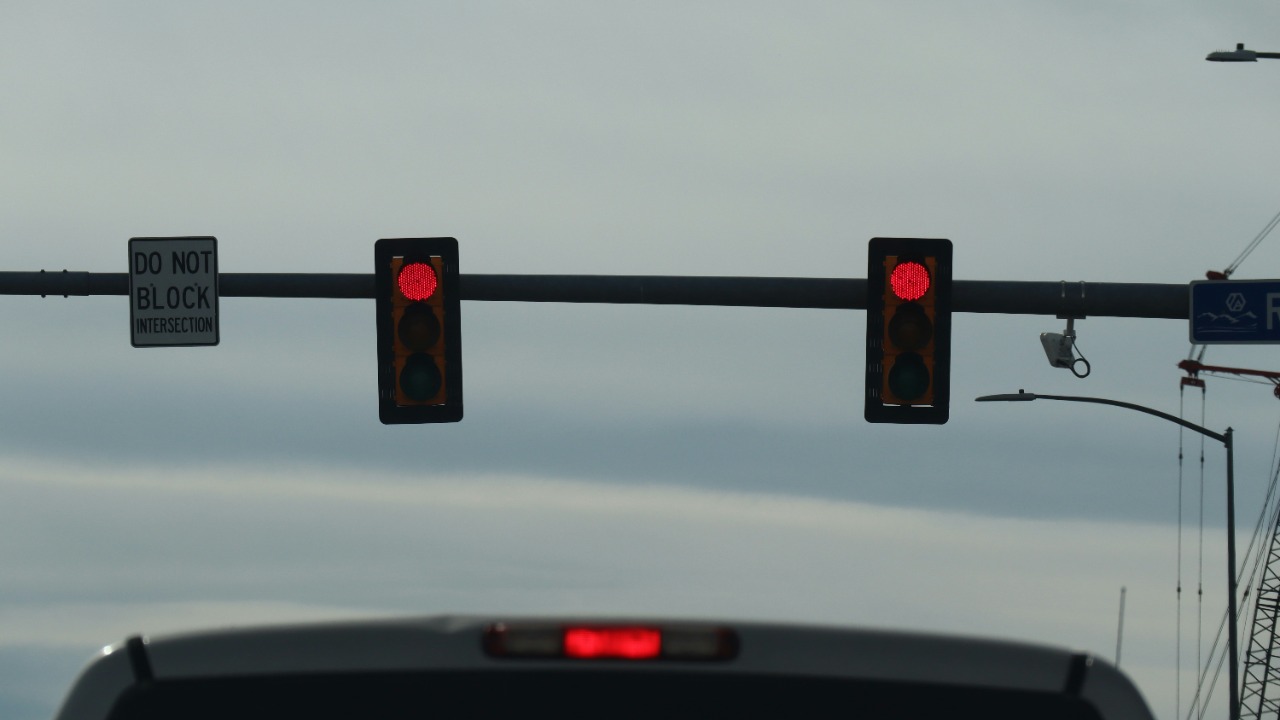
Before the advent of computers, traffic lights were a marvel of mechanical and electromechanical engineering, utilizing timers, relays, and human intervention to manage bustling city intersections. This era of pre-digital innovation, which also saw breakthroughs like Hollywood star Hedy Lamarr’s invention of frequency-hopping spread spectrum technology, laid the groundwork for modern advancements such as AI-controlled traffic lights.
The Dawn of Traffic Control
The world’s first traffic light was installed in 1868 at a busy intersection near the British Parliament in Westminster, London. Designed by J.P. Knight, a railway semaphore expert, this traffic light was intended to regulate the flow of horse-drawn vehicles and pedestrians. The device used pivoting semaphore arms and gas lamps to signal “stop” and “go”, and was manually operated by a police officer using a lever. However, the system faced early challenges, including a gas leak explosion in 1869 that injured the operator and led to the temporary abandonment of the system.
Shift to Electric Innovations
In 1914, the first electric traffic light made its debut at the intersection of Euclid Avenue and East 105th Street in Cleveland, Ohio. Invented by police officer Lester Wire, this traffic light used red and green incandescent bulbs powered by overhead trolley wires. The two-color operation and manual switching improved visibility over the previous gas systems, but still required constant human monitoring. Despite this, the system was rapidly adopted in American cities, with a notable installation in New York City in 1918 that used alternating red and green lights without a “caution” phase.
Mechanical Timers and Cycles
The 1920s saw the introduction of automatic clockwork timers in traffic lights. Detroit’s synchronized networks, for example, used wound springs and gears to cycle lights at fixed intervals, such as 30 seconds per phase. These timers mechanically enforced sequences, reducing accidents in growing auto traffic without the need for electrical complexity. Regional variations of these systems also emerged, such as Chicago’s 1926 use of tower-mounted mechanical signals that were visible for blocks.
Electromechanical Synchronization
By the 1930s, relay-based master controllers were being used to electrically link multiple intersections via buried cables, allowing for the coordination of light phases across city grids. Fixed-cycle programming was achieved using cam wheels and electromagnetic relays, which could adjust timings for peak hours. This was implemented in Los Angeles traffic networks, for example. These systems also allowed for operator interventions, where dials could be used to make real-time adjustments to cycles based on observed traffic flow, thus combining mechanical reliability with human judgment.
Pioneering Inventors of the Era
Several inventors made significant contributions to traffic signal technology during this era. Garrett Morgan, for instance, patented a three-position traffic signal in 1923, which featured “stop,” “go,” and an intermediate “all-stop” position with a bell to alert drivers. This invention influenced the modern yellow light. Similarly, Hollywood star Hedy Lamarr and composer George Antheil developed frequency-hopping spread spectrum technology in 1942 for radio-guided torpedoes, exemplifying the era’s creative problem-solving in signal technologies. William Potts also made a significant contribution by designing Detroit’s first four-way electric signals in 1920, using principles from railroad operation for sequential operation.
Evolution Toward Digital Control
The transition to digital control began in the 1950s and 1960s, with early transistorized controllers replacing relays. This allowed for more flexible programming, although these systems were still pre-computer in nature. The limitations of electromechanical systems, such as rigidity during unexpected congestion, inspired the development of more adaptable systems. This evolution is evident in the AI-controlled traffic lights trialled in 2022, which use sensors and algorithms for dynamic adjustments, building on the foundational cleverness of their mechanical predecessors with digital precision.
More from MorningOverview